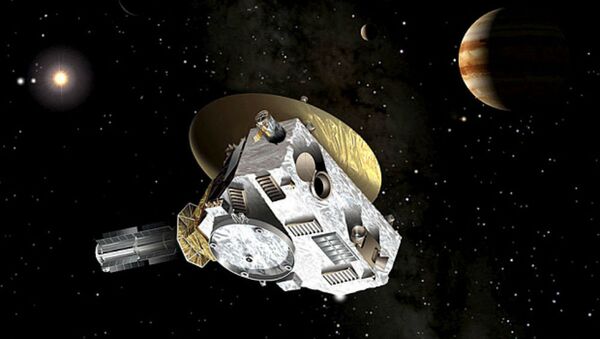The clearest image ever of the reddish-brownish dwarf planet was captured on Tuesday using the Long Range Reconnaissance Imager aboard the New Horizons. At the time, the spacecraft was less than five million miles from Pluto.
— Alex Parker (@Alex_Parker) July 8, 2015
The picture shows a large, heart-shaped feature on the planet’s surface that measures about 1,200 miles wide. To its left lies a 1,860-mile-long dark patch along Pluto's equator that NASA is calling the "whale." Above those features is a polar region that is intermediate in brightness.
— Alex Parker (@Alex_Parker) July 8, 2015
This side of Pluto is dominated by three broad regions of varying brightness. NASA will get a better view of the same area when New Horizons' makes its closest approach on July 14.
"The next time we see this part of Pluto at closest approach, a portion of this region will be imaged at about 500 times better resolution than we see today. It will be incredible!" said Jeff Moore, of NASA.
On board the craft are the ashes of Clyde Tombaugh, the astronomer who discovered Pluto in 1930. Tombaugh died in January 1997, nine years before New Horizon's launch, but one of his final requests was for his ashes to be sent into space.
After almost a decade in space, New Horizons is nearly 3 billion miles from Earth. At that distance, radio signals travelling at the speed of light still take more than four hours to reach NASA.


